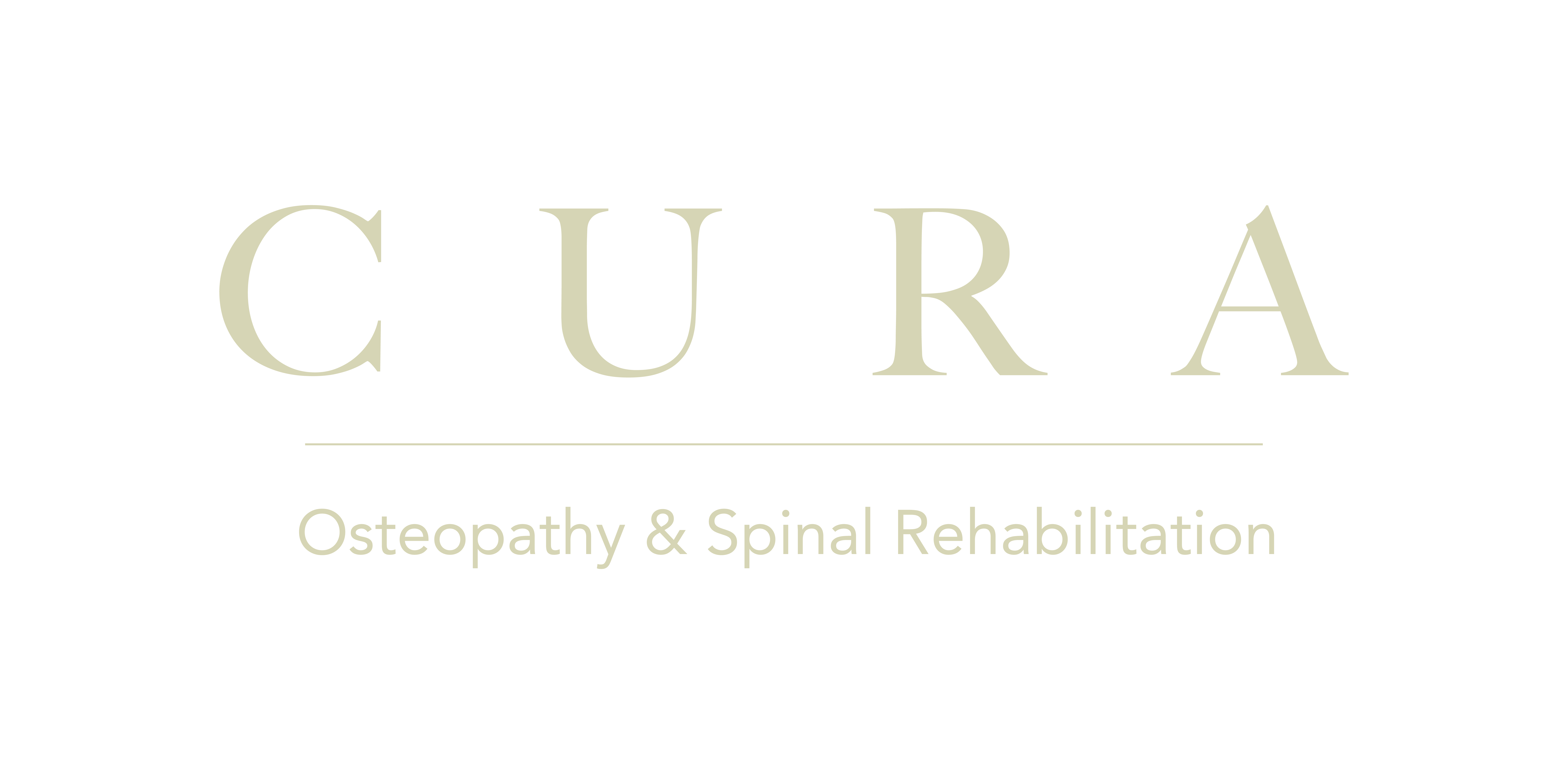CURA OSTEOPATHY & SPINAL REHABILITATION
Our Services

Osteopathy
Osteopaths follow the principle that the history of illness and trauma is written within the body’s structure. Through their highly developed sense of touch, osteopaths palpate the living anatomy of the person (i.e., the fluids, movements, and health of the tissues and joints) to prepare the body for healing. A series of manual techniques are applied to encourage the correct movement of body fluids and eliminate dysfunction in muscles, ligaments, and joints, relieving pain and allowing the body to return to normal function. Our practitioners are also skilled in performing C-section scar therapy and dry needling, which further enhances recovery and overall well-being.

IDD (Intervertebral Differential Dynamics) Therapy
IDD Therapy is a non-surgical spinal decompression treatment for unresolved back pain and neck pain, particularly for disc related problems and sciatica. It uses computer-controlled pulling forces to take the pressure off discs and any trapped nerves to relieve sciatica pain. It also works on muscles to relieve spasms and help improve spinal mobility. Bulged discs can usually be treated with conservative therapies and manual therapies like osteopathy. Sometimes, however, these might not be enough, and that is when the IDD Therapy is considered.
ADDITIONAL INFORMATION
CONDITIONS
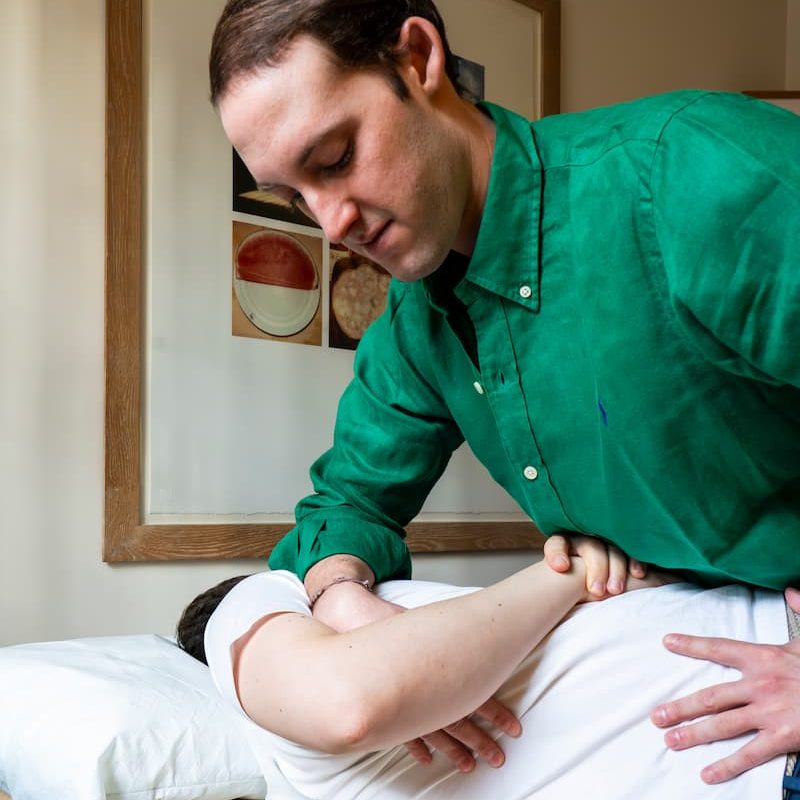
Low back pain
Lower back pain is a very common area of aches and pain, and it can affect all ages. Osteopathy can help to identify the cause of the problem through a thorough case history and physical examination in order to choose the appropriate treatment of the affected tissues.

Neck pain
Neck pain is another very common area of pain, especially if you work in front of a computer all day. Osteopathic treatment can be very effective in the treatment of neck and shoulder pain through the use of soft tissue massage, articulation, manipulation and mobilisation techniques.
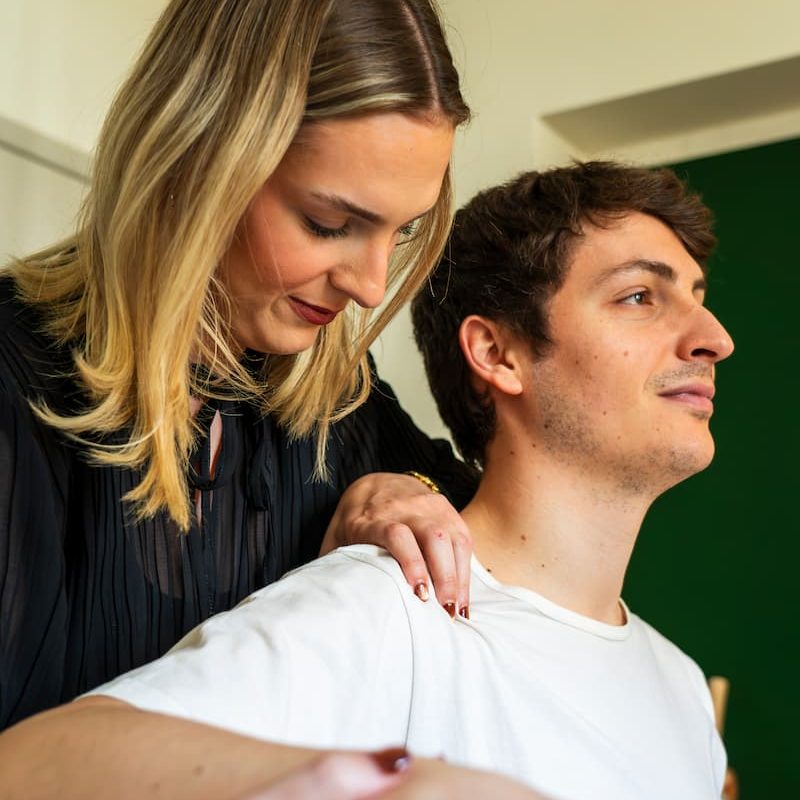
Shoulder pain
Shoulder pain can be a very annoying area of pain as it prevents you from doing daily movements like washing your hair, doing up your bra, and so on. Generally, the main objective of the treatment is to improve and regain the range of movement in the shoulder, followed by working on stability and strengthening of the area.
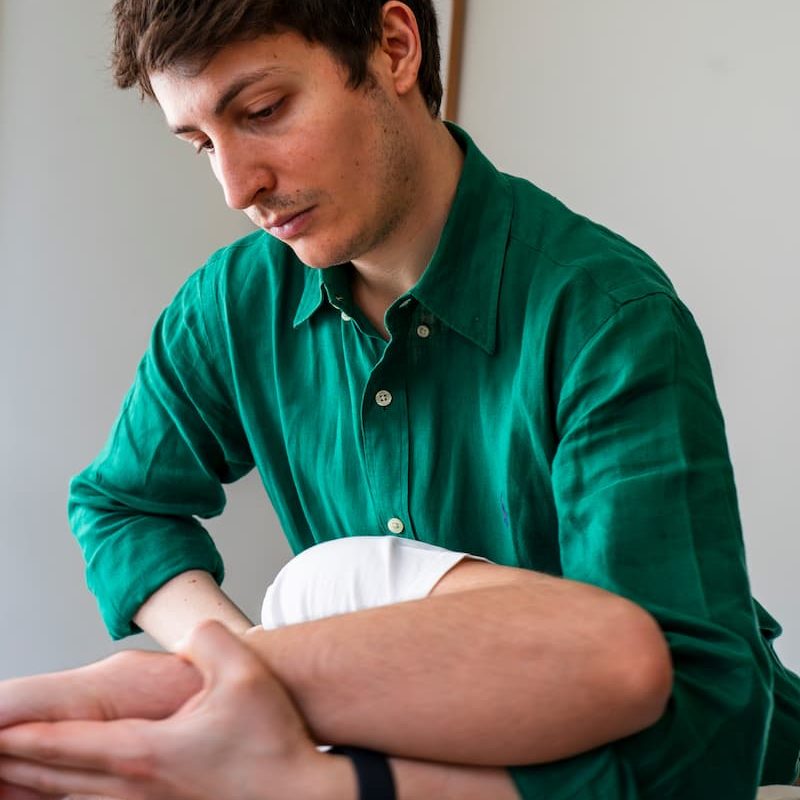
Elbow/Wrist pain
Elbows and wrists can sometimes be areas of pain and discomfort, especially for people whose jobs involve repetitive movements with their arms and forearms, like typing at the computer and cooking. This can also affect athletes, particularly tennis players and golfers. Osteopathy can help reduce tension in the affected area.

Dorsal spine pain
This is a fairly common area of pain, usually connected to neck and shoulder problems.
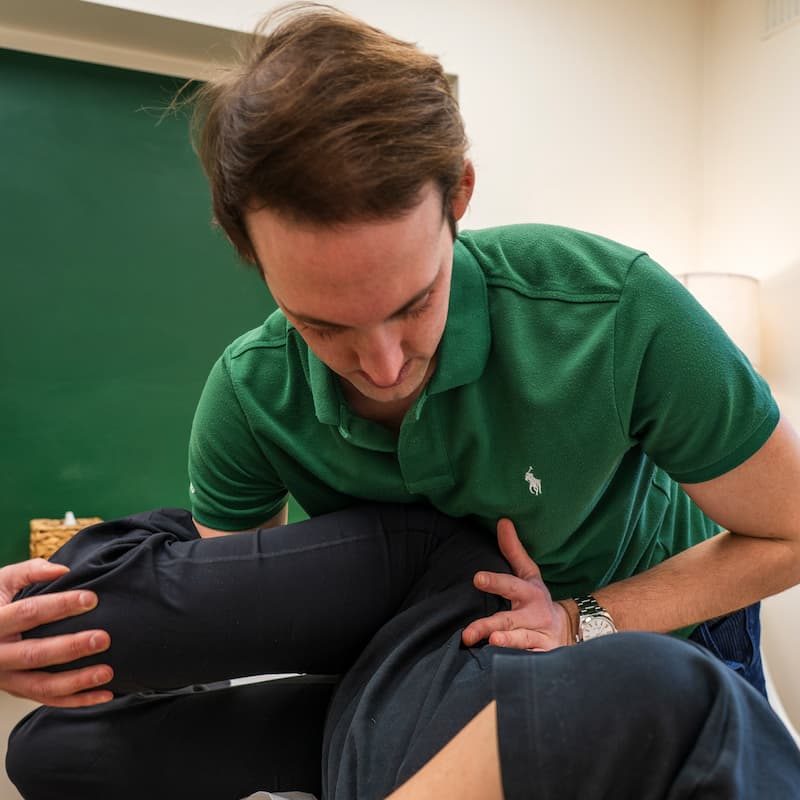
Hip pain
Hip pains are complicated to live with. Pain in the hip and groin area are common and often debilitating. Hip problems may also lead to lower back pain and knee pain to name a few. Patients often present with a limp and a limited range of motion. Osteopathy can help you get back to normal.

Knee pain
Knee pain affects all ages and may stem from all types of issues and injuries. Pain in the knee often results in weakness around the area due to an automatic neurological response of the body, aiming to protect itself deactivating the muscles around it. The osteopath will help you restore pain free movement and health in the area, as well as provide you with rehabilitative exercises to restore full function.

Ankle/Foot pain
Very common in runners, but also common among people of all ages. It may stem from various issues and it is quite complicated to live with. Walking with pain in your ankle and foot may cause various problems in other areas of your body – for example: your knees, hips and lower back. An accurate diagnosis and treatment is crucial for the health of your body.
OUR FREQUENTLY ASKED QUESTIONS
IDD – FAQ
Do I need an MRI?
Yes. We always need an MRI scan to determine which spinal level is to be targeted, the severity of the condition, and to make sure that the therapy is appropriate for you. Patients have usually already had an MRI prior to treatment with us. In case you do not have it, do not worry, if we think you need a scan, we will refer you to an imaging centre.
Is IDD Therapy Painful?
No. You will be lying on your back with your legs supported by a knee bolster, so that your back is properly relaxed. IDD Therapy is intended to be completely comfortable. The decompression forces are considerable, but they are applied in a controlled manner. Usually patients fall asleep on the machine.
I have had surgery in my back in the past - am I still suitable for IDD Therapy?
Provided there is no surgical hardware (metalwork etc.), and surgery was over 6 months ago, IDD therapy can be provided.
How many treatments do I need?
IDD Therapy is based on a 20-treatment protocol. This is because it takes time to treat and change unresolved back issues.
How long is each treatment?
Approximately 45min to 1 hr. Your session begins with 5-10mins of heat therapy with an advanced infrared heat pad to relax the muscles. This is followed by the IDD Therapy which lasts about 25-26mins, and then we end the treatment with 5-10mins of ice to calm down the muscles.
Will IDD Therapy work for me?
We have very good results for patients of all ages and backgrounds. We select patients for suitability and we monitor and track progress every step of the way. Patients respond in different ways, simply because it depends on their condition, severity, duration and lifestyle. Although rare, some patients do not respond to the therapy.
Phone
info@cura-osteo.com
Location
Lower Ground Floor,
8 Wellington Road
London, NW8 9SP
Clinic Hours
Mon-Sat: 9am - 7pm
Sunday: Closed
